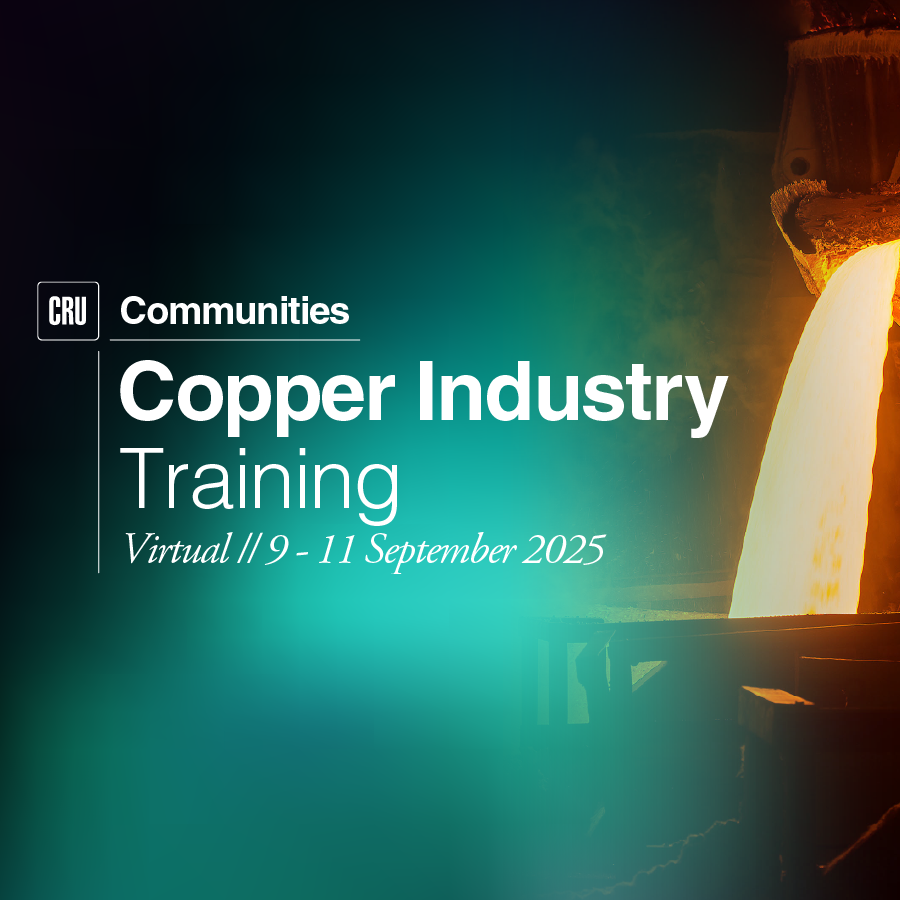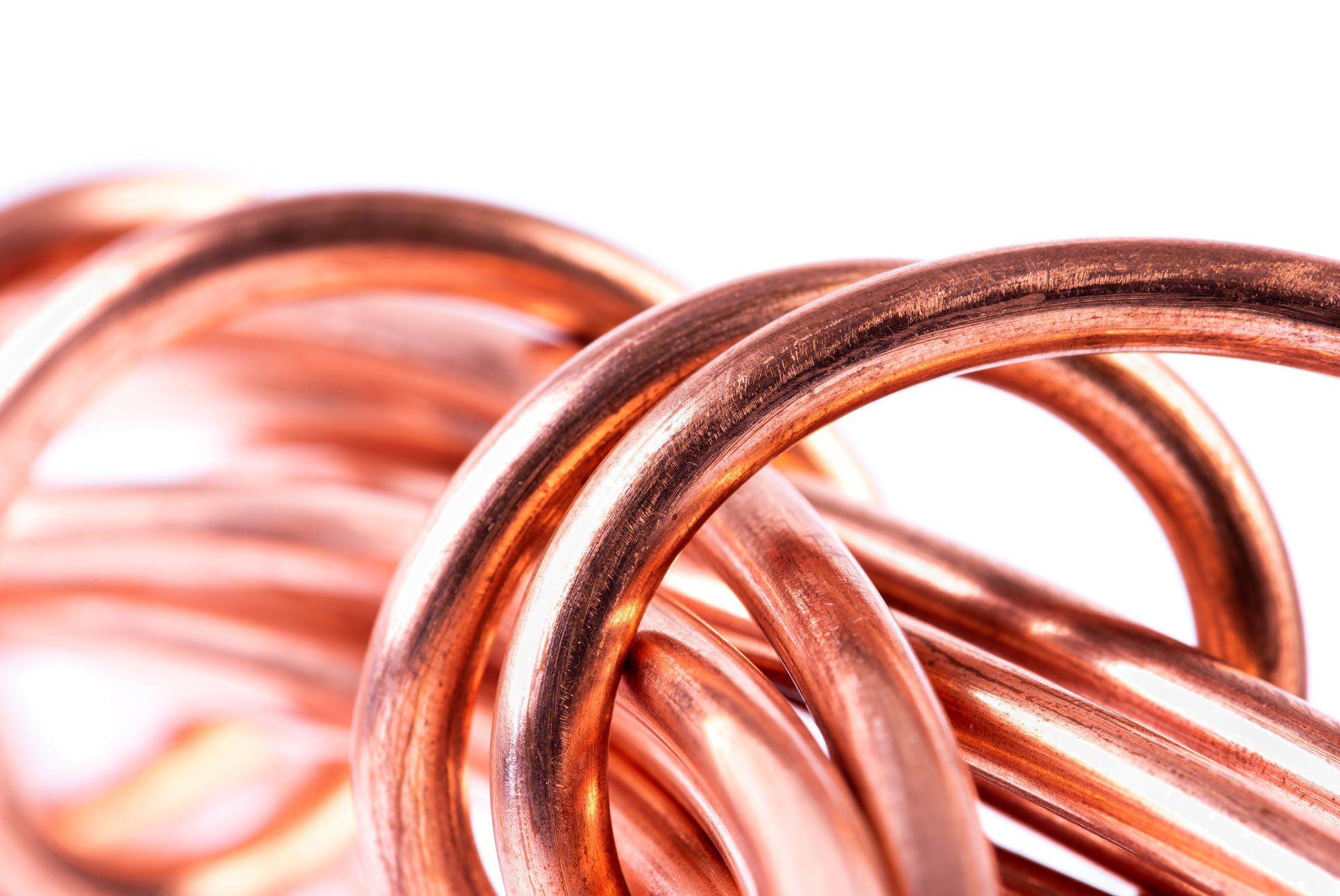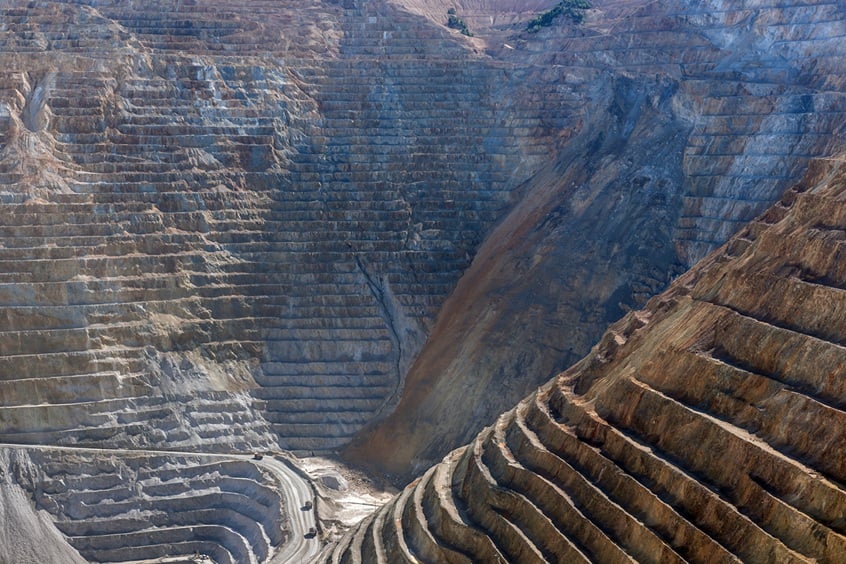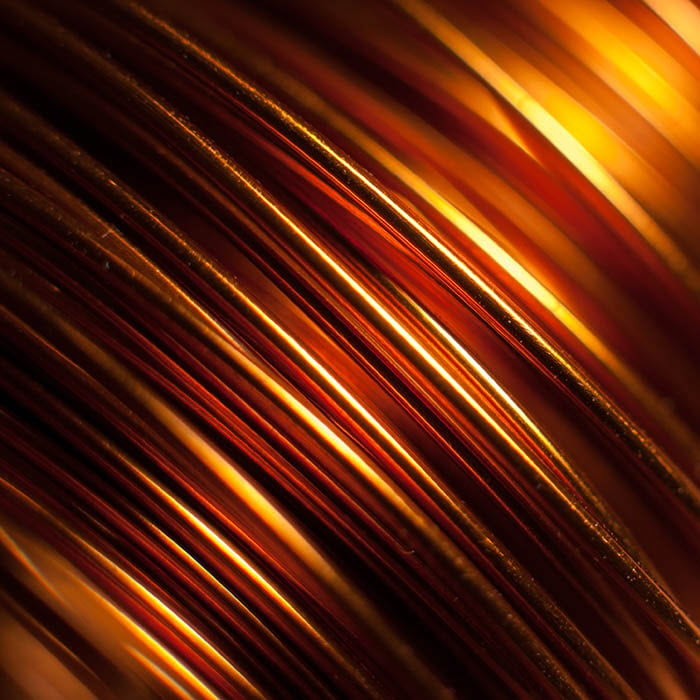At first look, Teck’s recent decision to increase its stake in a Chilean copper mine considered a loss-making asset and near the end of its life appears a peculiar one. But a potential brownfield expansion to the site could see the increased Canadian miner’s stake translated into a profitable business – though nonetheless with risks.
How Quebrada Blanca would traditionally be valued
Up until recently, Canadian miner Teck held a 76.5% stake in Quebrada Blanca, a copper mine located in northern Chile. Teck increased its stake in the mine to 90% at the beginning of April this year. Interestingly, based on CRU’s Copper Cost Services, Quebrada Blanca is a loss-making asset fast approaching the end of its life as a mine. So, why did Teck decide to acquire an additional 13.5% stake from local shareholders? The quick answer would be that they are considering a brownfield expansion – Quebrada Blanca 2 (QB2) – which would put the mine in the third quartile of the copper industry cost curve. But there are two large risks surrounding this expansion:
- Environmental permits: The company is currently applying for them, but Chilean environmental authority has yet to provide an answer.
- Market environment at the time of the investment decision: The copper market is volatile, and although currently there is positive momentum regarding price, the market environment at the time of the decision may not be the same as it is today.
By using the traditional valuation approach, assuming CRU’s current price forecast and that Teck will be granted environmental permits, we can conclude that the traditional Net-Present Value (NPV) of the asset [1] – considering the expansion – would be 2.0 USD billion; thus, the 13.5% stake on the operation would be valued at 276 USD million.
Quebrada Blanca
Quebrada Blanca is an open pit mine that began operations in 1994. The mine is located 4,400 metres above sea level. The operation produced 23 kt of copper in 2017 – steadily decreasing from over 80 kt one decade before. The mine produces copper cathode via ore leaching and an SX-EW plant. While the original operation has greatly exceeded its original life expectancy, its reserves are finally due to be exhausted in the next few years. As it stands, Quebrada Blanca is located in the fourth quartile of the CRU copper industry cost curve.
Quebrada Blanca has a Project for a brownfield expansion – Quebrada Blanca 2 (QB2). In this expansion the operation would begin concentrate production – a much more water intensive process than the one currently in use. QB2 is estimated to require an investment of around 4.7 USD billion; which includes a concentrate plant, tailing dam, pumping and piping facilities to extract seawater – amongst other investments. This expansion is expected to prolong the life of the mine for around 30 years, achieve a copper production of around 238 ktpa – plus molybdenum production as by-product – and will then place Quebrada Blanca in the third quartile of the copper industry cost curve.
A big caveat is that the project is in the process of obtaining the environmental permits – which have not been awarded.
The actual sale
In fact, the actual sale was structured in four streams [2]
- 52.5 USD million upfront
- 60 USD million once they have environmental permits for Quebrada Blanca 2
- 50 USD million one month after Quebrada Blanca 2 commences production
- Up to 100 USD million if copper price exceeds a $3.15/lb threshold – equivalent to $6,944/t.
The questions that arise then are: why was the sale structured in this particular way? And, why was the minority interest bought at a total of 162.5 USD million [3] when the traditional method places its value at 276 USD million?
A real options analysis can explain both the value and the structure of the actual sale.
Decisions can be made after the sale
Assuming that the most important uncertainties are environmental permits and the market environment at the time of the investment decision, we can determine the conditional timeline of events. A decision tree shows that only once we know the outcome of the environmental permitting process (ie approval or rejection), is an assessment of the market at that time relevant.
Data: CRU
We have modelled the two key risks using Monte Carlo simulation. For this exercise, the outcome of the environmental permits application is modelled as a binomial distribution, and the copper price is modelled using a mean reverting time series process.
The outcome of this exercise is to estimate the appropriate conditions under which the brownfield project would go ahead (ie permits approved and positive price environment).
With this analysis we can acknowledge the flexibility of the expansion decision in the valuation – as Teck does not have to make a decision on the investment today.
Monte Carlo simulation of copper price
Monte Carlo is a technique used to simulate the possible outcomes of a process – in this example the copper price – based on the probability distributions of the possible outcomes. Based on CRU’s forecasts and understanding of the copper market we can define the price trend. By running the simulation iterating several times we can arrive to probability distributions of variables we want to measure, such as the NPV of an operation.
The figures below show different iterations of the copper price, highlighting the percentile 15 (P15) and percentile 85 (P85). These two numbers represent the values below which 15% and 85% of observations respectively in the overall simulation fall – if there were 1,000 iterations in the simulation and these were ranked from minimum to maximum P15 and P85 would be iterations #150 and #850 respectively.
Data: CRU
Data: CRU
Risks matter
Our results suggest that the most important source of uncertainty is environmental permitting – as it is the gatekeeper of developing the brownfield expansion. Should we assume a relatively low chance (60%) of being approved, we find that the average NPV including the expansion and the price risks surrounding it, is now close to the valuation: we estimate that about 160 USD million will be paid should the extension materialise purely on the basis of average outcome, which is close to the 162.5 million actually paid for the interest.
However, our study can also explain how that 162.5 million was structured. The distribution of possible outcomes is shown in the figure below. There is a large proportion of the results concentrated between minus 1 and positive 1 USD billion as the NPV outcome – highlighted in the figure below. This range accounts for ~55% of the outcomes. This is largely explained by the chance of not getting permits of 40% in this exercise, and the decision of not developing the expansion in a low-price environment. Hence, the particular structure of the deal. (It should also be noted that in cases of extremely high price environment the NPV could reach 8 USD billion – though this is highly unlikely to occur.)
Data: CRU
Closing remarks
Though risks and options are an everyday occurrence in mining, they can be analysed systematically using targeted methods. Within your organisation you can identify and address the risks you are subject to and options available by engaging in of the following types of activities:
- Workshops within your teams to identify the most important risks that could impact the different areas;
- Quantification of the risks based on historical comparable information and forecasts;
- Quantification of the risks based on tapping the different sources of in-house knowledge (the Delphi method);
- Develop mitigations plans for existing risks whilst understanding both their cost and value generation. I have shown one simple example of valuing a brownfield project A more day-to-day case could be stripping of a high stress are in the pit that could collapse;
However, real options analysis is certainly not the only analysing framework for risk and uncertainty and not always the most appropriate. CRU has regularly helps its clients in dealing with uncertainty by applying different tools, each specific for the problem at hand:
- Deterministic forecast: This is by far the most common tool used by the industry. Based on CRU’s knowledge base and network we can estimate the trend a key price is likely to follow. This forecasts on key price and cost driver can help shape a strategy or valuation exercise on the most likely outcome. It does not consider quantitatively the risks and uncertainties surrounding the forecast.
- Scenario Analysis: based on what-if questions. This allows the organisation to understand possible outcomes should an uncertainty materialise. It is commonly used when it is not possible to assign probabilities to an event with confidence. It should not be confused with a sensitivity analysis, such as what is the impact in NPV of a ±10% variation in the main commodity price. Scenario analysis are usually designed by CRU in close partnership with its client to answer meaningful questions. Some examples include:
- What if the Chinese economy was to slow down to lower than anticipated growth rates, what does it mean for copper price?
- What if copper SXEW operations were to maintain their declining consumption rates, what does it mean for sulphuric acid price in the region?
- Monte Carlo Analysis: The valuation of an asset can be modelled probabilistically; acknowledging that the deterministic forecasts of key drivers are subject to risks we can quantify them and undertake the valuation exercise under these possible future states of the world. Weighting these states based on the probability of materialising, we can determine a distribution of outcomes based on this – such as the one shown in Figure 2.
- Real Options Analysis: This applies when modelling the decision-making process, and interactions between different routes to be taken by an organisation – all in the future. This methodology acknowledges the value of not committing to a given development path when – in reality – more information will become available as the event unravels, and decisions are taken. It can help understand how the organisation could react in different environments.
Footnotes:
1.Using cost estimations from CRU’s Copper Cost Services, CRU’s price forecasts, and a 10% discount rate.
2. https://www.teck.com/news/news-releases/2018/teck-acquires-quebrada-blanca-minority-interest-
3. This considers the payments to be incurred should the expansion materialise except for the up to 100 USD million to be paid for price exceeding $3.15/lb.

















